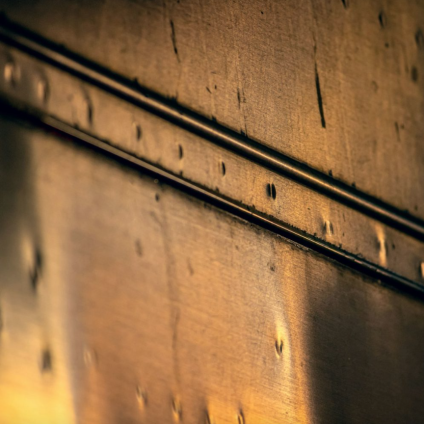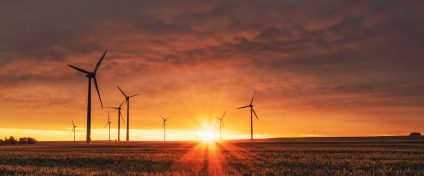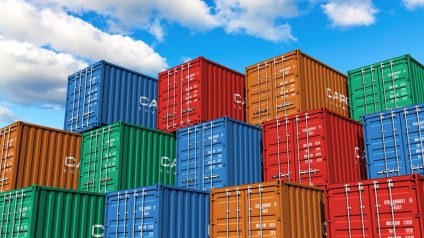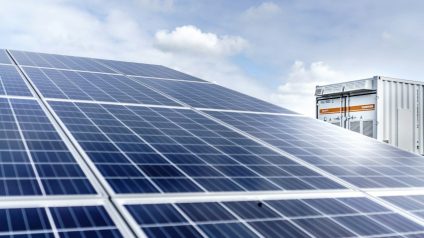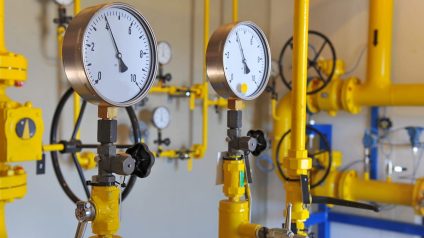With the steel mills projects based on electric ovens announced so far, globally we are short of reaching the quota indicated by the International Energy Agency to align with a net zero trajectory
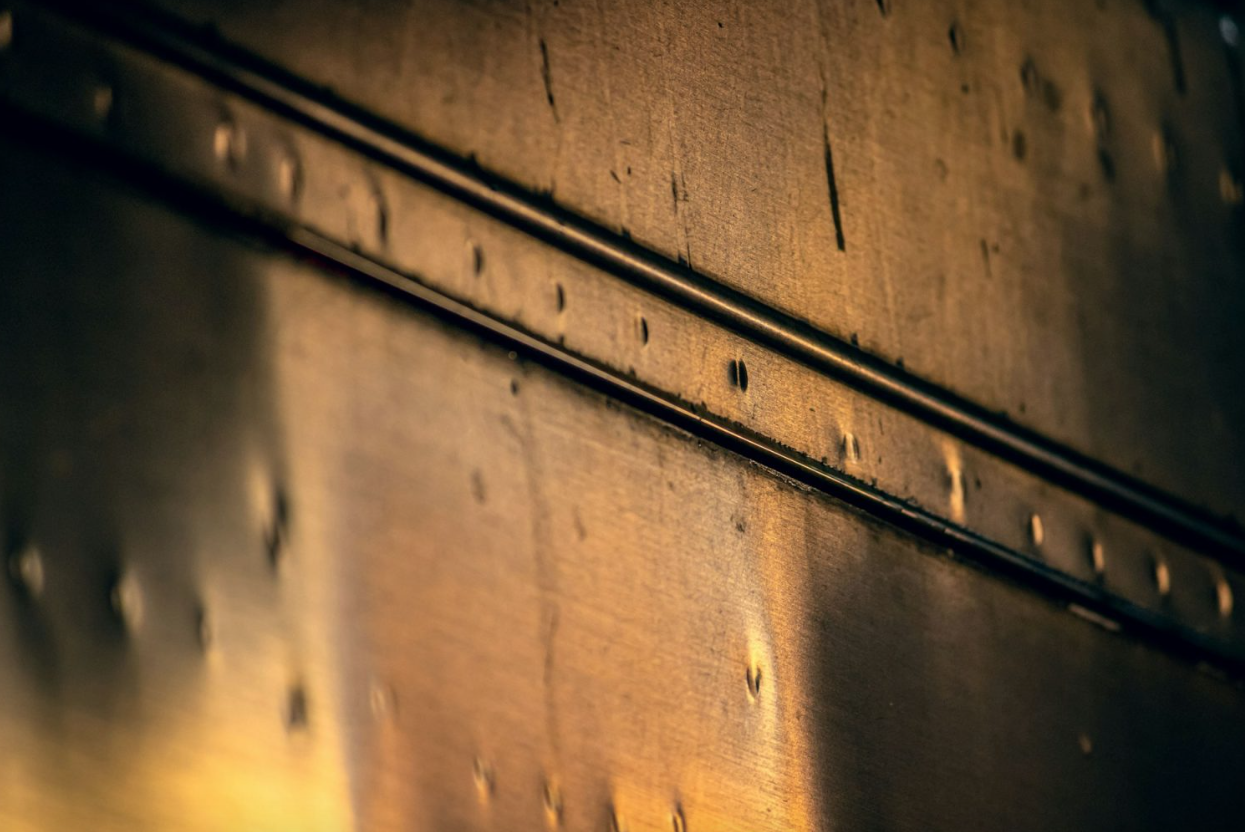
Global Energy Monitor data on global steel production
Last year, steel manufacturers worldwide built the vast majority (93%) of new steel mills using electric arc furnaces (EAFs), which produce secondary steel from iron debris and are powered entirely by renewable energy. And global carbon coke-based steel production is falling more and more rapidly, if you consider the data on the new planned capacity and those of closures. Currently, high-emission furnaces contribute +171 million tons per year (mtpa) to the global steel production, electric arc furnaces (low emission) add +310 mtpa, and another 80 mtpa comes from sources where the technology used is unknown.
Suppose all these new developments and the announced withdrawals are realized. In that case, global steel production is expected to be “just below the IEA net zero emission target of 37% of EAF steel output by 2030”. The objective is that data and trends at hand are “always more achievable” for a sector that, today, generates 5% of European emissions and 7% of those worldwide. The industry has gone from a share of electric ovens of 24% in 2020 to 31% in 2021, then remained essentially flat, rising to 32% by 2023. New installations and announced withdrawals are expected to increase the share to 36% by the decade’s end.
A recent report by Global Energy Monitor explains that there are still possible stumbling blocks along the transitional path of global steel production. Despite the advances of EAFs and DRI technology (direct iron reduction), and although more furnaces were closed in 2023 than started, there are still those who are betting on new coal-based capacity. This poses a “climate risk” but also a danger regarding bankrupt credit to investors.
Furthermore, projections on the spread of electric ovens are based on ads; very few are already in construction. While production of low-emission EAF steel is announced at record rates, less than 14% of this potential capacity is currently under construction. The data show that of all the projects that have actually started construction, almost 46% are still based on furnaces.
“Progress is promising for a transition to green steel. Never before has steel production been produced with so few emissions. At the same time, coal-based capacity-building is worrying. What industry needs now is to make these clean development plans a reality while moving away from coal-based developments,” says Caitlin Swalec of Global Energy Monitor.


